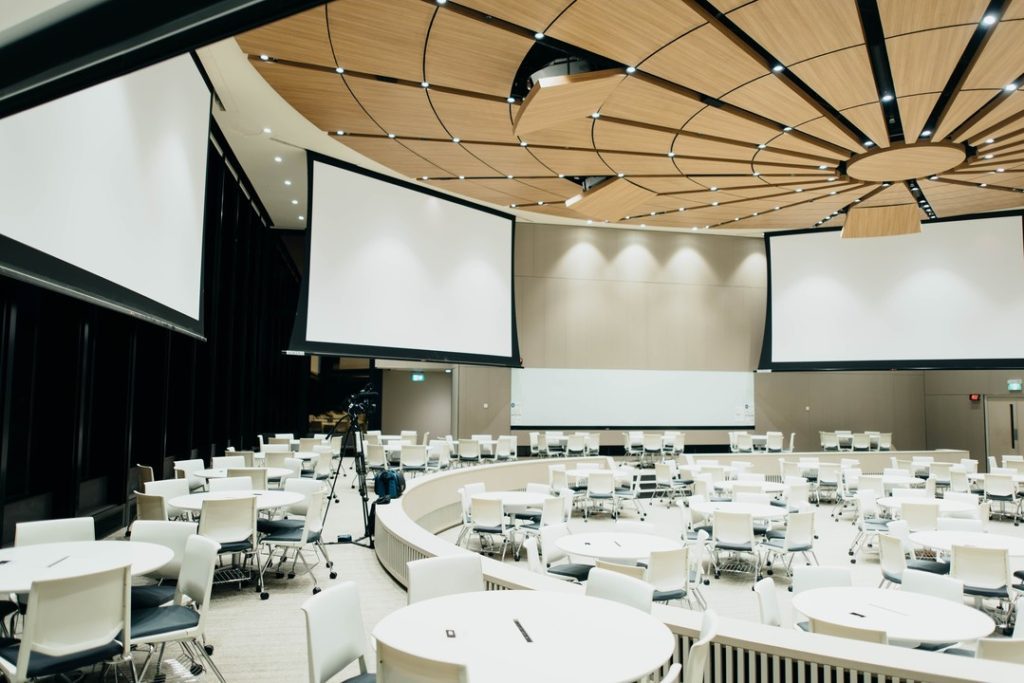Home entertainment systems have become so sophisticated, it’s easy for users to imagine they’re enjoying the best technology available. But this begs the question: “The best at what?”
An AV system is just that: a system. It is more than a screen and speakers. The requirements for such a system in an office environment are very different from their use in a home or entertainment capacity. That’s why provisioning an office with consumer-grade gear is rarely a good idea.
Consumer gear is designed to impress and dazzle, not necessarily communicate. This means you can overspend on some technologies, and under-invest in others. For example, the pixel density on a consumer display designed to render movie special effects in all their glory may be overkill for a video conference. And that surround sound that makes a car chase so exciting is just plain wrong for having a teleconference.
This last example is particularly relevant, with the hybrid workstyle of office-based and remote staff becoming the norm. Conference room speakers need to be able to render voices clearly wherever participants are sitting. And the accompanying microphone system needs to capture voices the same way. The audio system, in this case, needs to be able to moderate the conversation; a job for a professional system. A home TV sound bar simply won’t cut it.
But the system goes beyond what is seen or heard. The components of commercial systems have been designed for the rigors of office use. They may be powered up and down frequently throughout the day and have to remain on standby in between. The controls need to be simple enough that even casual users can access the system without much fiddling, which means the configurations need to be handled separately from the user controls and set up by a professional.
All of these systems must be integrated for ease of use. These integrations invariably mean connecting to the Internet. While consumer-grade “smart” TVs can do this, they do it so people can get at the most entertainment possible, not to simplify their workflow. Professional systems, by contrast, are designed to connect to a parade of laptops and user devices throughout the day, quickly and easily, and present the intended content. This takes a very different kind of “smart” system.
Perhaps the worst lesson users have brought from home to the office is the sense that most systems are interoperable. In the professional realm, the components offer a greater range of specifications to suit the more diverse demands of workspaces, from a huddle room to an amphitheater. It’s not just a matter of right-sizing the equipment. The components need to have complementary specifications and connections to assure optimal performance for their intended use. This also ensures the company won’t overspend on gear.
If you’re getting ready to upgrade the AV in your workplace, or looking at a fresh installation, remember: Professional use requires professional equipment. It will guarantee that you have a better work environment.
Save the home gear for when you get home.



